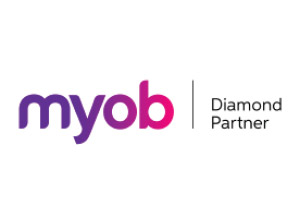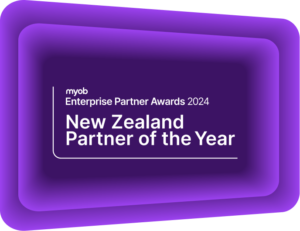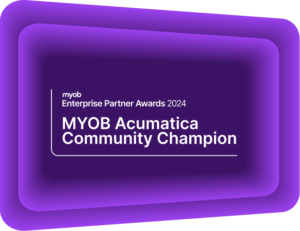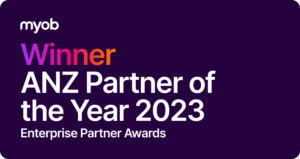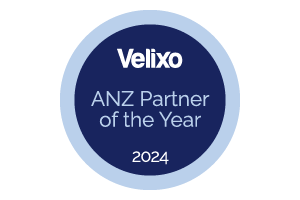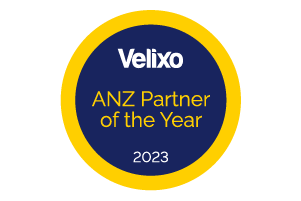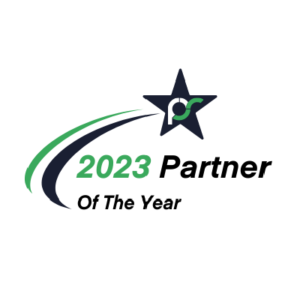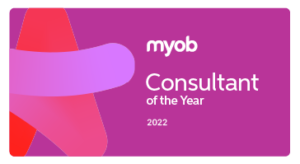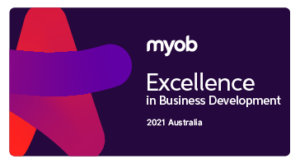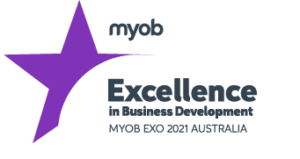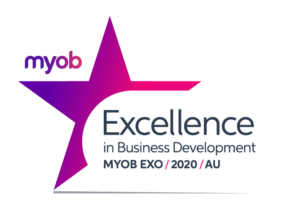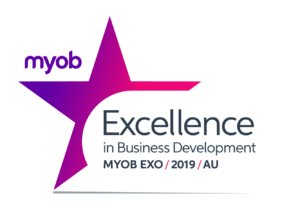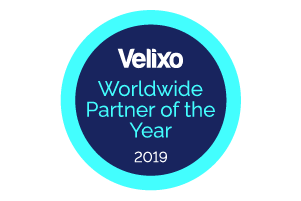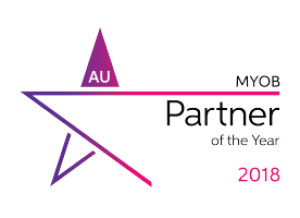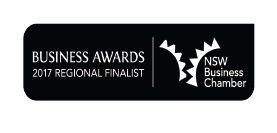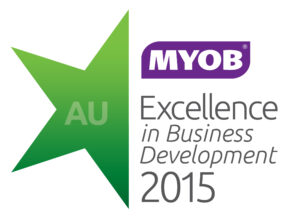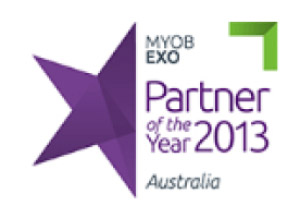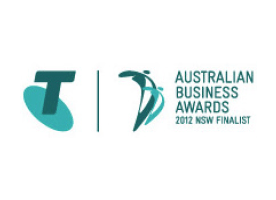Assessing Your On-Premise Infrastructure: Is Cloud Migration Right for You?
Plan ahead and ensure a smooth transition to the cloud.Moving your business operations to the cloud requires careful planning and consideration. There are many benefits and challenges that come with doing business in the cloud. Rushing into a cloud migration without assessing your current processes and how they interact with on-premise systems and infrastructure can hamstring efficiency gains and compromise your cloud investment.
Understanding on-premise infrastructure
On-premise infrastructure includes any server, hardware, software, or supporting technology that is operated and maintained within your organisation’s facility or location. This infrastructure will usually come under the direct responsibility of your IT team. They manage maintenance, security, performance, updates, and more over the course of the system’s lifecycle.
On-premise systems are typically:
- Purchased outright and in full at the start of its use period, sometimes requiring significant capital outlay for items such as servers,
- Fixed in terms of their capacity, performance, and scalability – they require manual updates or enhancements,
- Under the direct control of your internal security policies and regulatory requirements only – and as such, you take on the burden for data security and compliance,
- The sole responsibility of the operating organisation includes maintenance, disaster recovery and backups, security protocols, and software patches.
Assessing your current on-premise infrastructure
Part of the planning stage for your cloud migration is a thorough assessment of your current processes and capabilities. Migrating to the cloud is a complicated journey that requires an understanding of your current, future, and ideal states.
Current State: Identifying and understanding current systems, processes, and infrastructure within the organisation.
The Future State: Exploring the benefits of the new systems and software and the changes required to bring efficiency improvements.
The Ideal State: The balanced configuration and shift required to navigate between these two states.
Migrating to the cloud is both the journey and the destination. Both must be considered to improve efficiency and see a successful migration.
On-Premise Server Lifecycle
The lifecycle of your on-premise servers has a significant impact on the timeliness of your migration to the cloud. Servers required to support an on-premise ERP system like MYOB Exo have an average lifespan of 5-7 years. If you have just purchased new servers and your current on-premise system and processes are working well, then it may not be the right time for a cloud migration. On the other hand, if you are exploring options for a new server and are wary of the significant investment, then it could be the perfect time to migrate your systems to the cloud.
It can be wise to calculate the total cost of your current on-premise infrastructure and compare it to the projected costs of migrating to the cloud and the ongoing licence costs of a new system. This calculation should consider both direct and indirect costs over the entire lifecycle of the on-premise assets, including initial purchase costs, maintenance and support expenses, software licensing fees, energy consumption, space requirements, and personnel. Cloud-based systems are typically offered as Software as a Service (SaaS) platforms. A monthly subscription includes servers and server maintenance costs, so there is no initial capital expenditure for hardware when moving to the cloud.
Assess the performance, capacity, and scalability of your on-premise infrastructure to determine its suitability for meeting current and future business needs. Evaluate factors such as:
- CPU and memory usage,
- storage capacity,
- network bandwidth,
- application performance.
Common limitations for on-premise systems include difficulty scaling up as your organisation grows. However, if your systems have the capacity to be scaled up as required, then it may not be the best time to move to the cloud.
Identify Dependencies and Interdependencies
System dependencies can create elements of risk when you begin a cloud migration. Conduct a thorough inventory of all hardware, software, and applications currently in use within your organisation. This includes:
- servers,
- storage devices,
- networking equipment,
- desktops,
- laptops,
- mobile devices,
- operating systems,
- databases,
- business applications.
Documenting this inventory provides a clear picture of the scope and complexity of your existing infrastructure.
Determine how changes or disruptions to one component may impact others and the overall operation of your business. This includes understanding dependencies between on-premise systems and external services, such as third-party solutions. If your carefully assembled on-premise house of cards falls over during the migration, you risk undermining what has made your organisation successful to this point. A trusted business software advisor can assist with this step of the migration.
Backup and Disaster Recovery Process
Review your organisation’s disaster recovery and business continuity plans to assess their effectiveness in mitigating risks and ensuring the availability and integrity of critical systems and data. Moving to the cloud shifts the burden of backups and disaster recovery from your IT team to the cloud hosting provider. A hosting provider such as Amazon Web Services (AWS) will encrypt data as well as manage backups and recovery.
However, you should be aware of any compliance requirements around old data. If you move to a hosted environment without importing old information, you are still responsible for maintaining and recovering it in the event of an emergency or where required to satisfy compliance. The Kilimanjaro Consulting team has seen grown men cry over costly data compliance mistakes.
Security and Compliance Requirements
Conduct a comprehensive analysis of your organisation’s security and compliance requirements to ensure that they are met or exceeded by your current infrastructure. Evaluate the effectiveness of existing security measures, such as firewalls, antivirus software, encryption, access controls, and intrusion detection systems. Compare these measures to what is offered in the cloud.
Your data will never be 100% safe and secure in the cloud. However, this holds just as true for your on-premise servers. Data breaches are a reality, and while taking your data offsite does introduce some element of risk, hosting providers take data security extremely seriously – their operational livelihood depends on it. If you require absolute control over your system to ensure security, then moving to the cloud will compromise this authority and oversight. However, security should not be a general obstacle to moving to the cloud for a majority of organisations.
Selecting the right pathway to the cloud
There are many different, gradual pathways to working in the cloud. A trusted software guide can help you choose and implement the correct one to meet your organisation’s requirements.
MYOB Acumatica
MYOB Acumatica (formerly MYOB Advanced) is a powerful, cloud-based ERP system. It provides organisations with an integrated set of tools to manage finance and accounting, projects, inventory and supply chain, payroll, customer relationship management (CRM), and workforce management.
MYOB Acumatica is a SaaS platform with an integrated, modular design. You only pay for what you use, such as the number of licences and modules. Server requirements are automatically scaled up and down as your requirements change, and all maintenance and hardware fees are included in the monthly subscription price.
It is best to seek the advice of the experts when deciding if MYOB Acumatica will be a good fit for your organisation. Trust the advice of an experienced implementation partner. They will assess the complexities of your organisation and match them with the capabilities of MYOB Acumatica. MYOB Acumatica is a future-proof and scalable solution. It is best suited for complex organisations that have outgrown other systems, need a modern cloud platform, and require powerful business management features to improve efficiency.

MYOB Advanced Information Pack eBook
Download nowExoHosted for MYOB Exo Business
MYOB Exo Business is an established on-premise ERP system; however, it can be hosted in the cloud with ExoHosted. This is perfect for organisations that are comfortable and stable with MYOB Exo as their core business management platform but are looking for a way to modernise their system and give their team the benefit of anywhere, anytime accessibility.
ExoHosted represents the next step in accelerating your business at a reasonable cost and to heights previously unimaginable. You gain all the benefits of hosting your current software in the cloud without the drawbacks of remaining on-premise. The fixed monthly hosting fee will ease your cash flow and reduce operational costs.
Kilimanjaro Consulting are the developers and sole distributors of the ExoHosted solution. Only our skilled team can take your MYOB Exo solution to the cloud
The hybrid cloud hot air balloon
Build a truly custom MYOB Exo system for your organisation by integrating add-on products that meet your specific, additional requirements. This hybrid cloud solution is akin to a hot air balloon – but with multiple balloons. Every additional cloud-based add-on product you integrate with MYOB Exo extends the scope of your platform and lifts your operations further into the cloud. You still control and steer your organisation from the grounded safety of the basket (MYOB Exo). However, you empower your team with cloud-based flexibility for each operational branch of your organisation.
Kilimanjaro Consulting recommends and supports integrations with the following connected services:
- Phocas or BI4Cloud for Business Intelligence and Reporting
- Netstock for inventory management
- eveXso for warehouse management
- TIG Freight for streamlined shipping and distribution
- ProSpend (formerly expensemanager) or Dataline for Accounts Payable automation and expense claims
- ezyCollect for automated Accounts Receivables
- Dealers Online for an integrated B2B website, and
- Timetrak for job management and time capturing
The integrator for MYOB Exo – SynKit
If you already use a web-based 3rd party application for specific functionality but want it integrated into MYOB Exo, then SynKit is your solution. Developed by the experts at Kilimanjaro Consulting, SynKit leverages the application’s open API to push and pull live data between your two systems. With SynKit, you can take advantage of unique integrations that your competition will be unable to access, such as:
- HubSpot or Salesforce as a best-of-breed CRM,
- Shopify, Magento, or WooCommerce for your e-commerce platform,
- SmartFreight to automate and streamline distribution and shipping, or
- simPRO or AroFlo for job management, time capture, and field services.
- SynKit can integrate MYOB Exo with any 3rd party application with an open API. Contact our team to learn more.

MYOB Exo SynKit Brochure
Download nowTalk to us today
Kilimanjaro Consulting is experienced and skilled in managing risk-free cloud migrations. If you use MYOB Exo Business to manage your organisation, there are many different opportunities to take advantage of cloud-based efficiency improvements. We are here to support you on your cloud migration if and when you need it.
Talk to our team today about assessing your on-premise processes and planning a safe journey to the cloud. Email samacs@kilimanjaro-consulting.com or call 1300 857 464 (AU) or 0800 436 774 (NZ) today.


